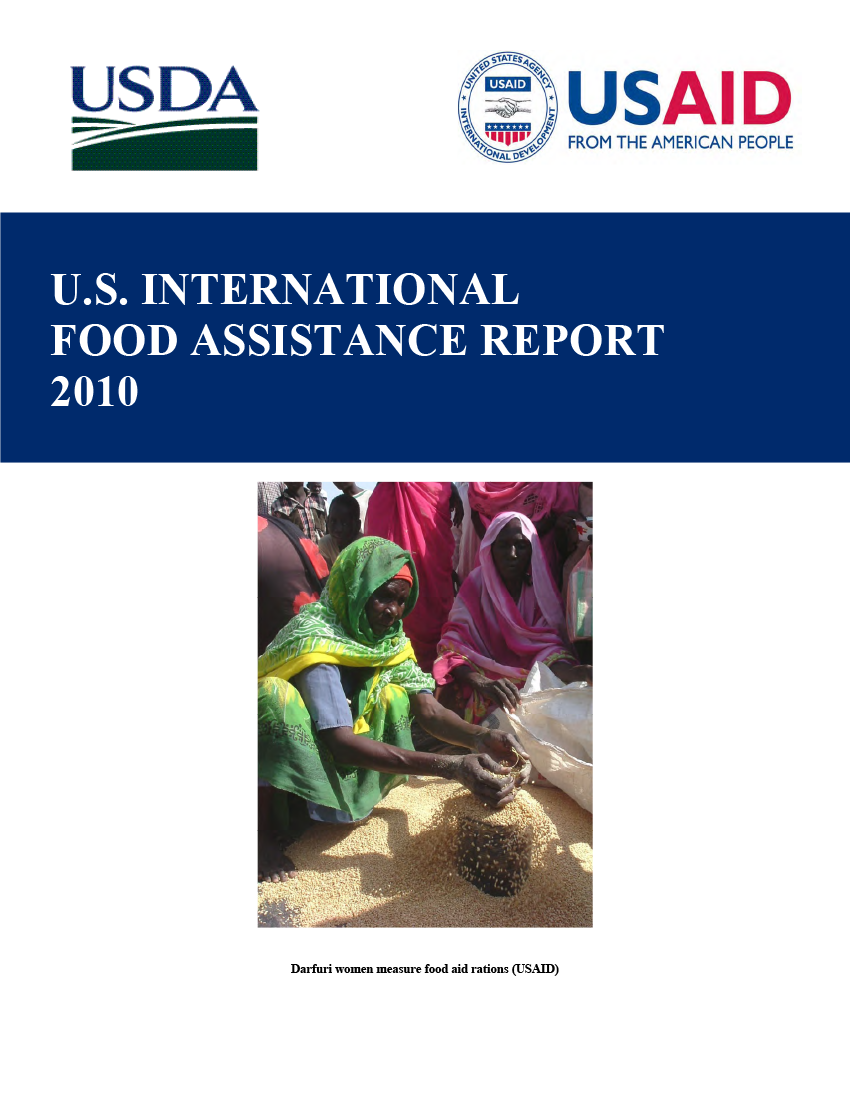Speeches Shim
The United States is committed to the promotion of global food security through its international food assistance and other foreign assistance programs. In Fiscal Year (FY) 2010, the United States provided more than $2.3 billion of food assistance to developing countries (approximately 2.5 million metric tons) that reached over 65 million people worldwide.
The U.S. Agency for International Development (USAID) and the U.S. Department of Agriculture (USDA) continue to work very closely with the U.S. Department of State and other U.S. Government agencies to implement the Administration’s Global Hunger and Food Security Initiative, Feed the Future (FTF).
FTF renews the U.S. Government’s commitment to invest in sustainably reducing hunger and poverty. President Obama's pledge at the L’Aquila G-8 summit of at least $3.5 billion for agricultural development and food security over three years helped to leverage and align more than $18.5 billion from other donors in support of a common approach to achieve sustainable food security. This common approach builds upon the Paris Declaration on Aid Effectiveness and the Accra Agenda for Action – agreements that embody the international commitment to increase efforts in harmonization, alignment, and managing aid for results.
USG non-emergency food assistance supports food security efforts being carried out in addition to those supported with the $3.5 billion pledged at L’Aquila, and Feed the Future provides a framework for both resource streams and for a coherent, whole-of-government approach to partnership with governments, multilateral institutions, private voluntary organizations (PVOs), private companies, and others to sustainably reduce global hunger and poverty.
In addition, USG food assistance resources, through the Preventing Malnutrition in Children under Two approach (PM2A) and other food assisted nutrition programs, are supporting the “1,000 Days” campaign – a renewed international community commitment to scale-up nutrition for a better, more prosperous future.
By targeting the poorest of the poor and better integrating food aid programs into larger multilateral efforts, USAID and USDA food assistance programs aim to improve the effectiveness of food aid and increase its contribution to global targets for reducing hunger, malnutrition, and poverty.


Comment
Make a general inquiry or suggest an improvement.